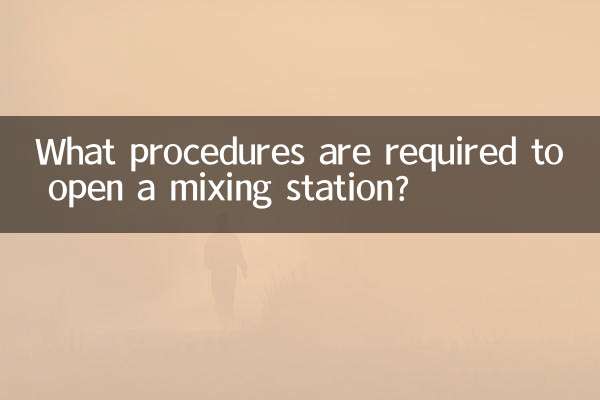What is valve subsidence?
In the field of automobile engine repair and maintenance,valve sinkingis a common but easily overlooked problem. It directly affects the performance and life of the engine. This article will combine the hot topics and hot content on the Internet in the past 10 days to explain in detail the definition, causes, effects and solutions of valve subsidence, and display relevant technical parameters through structured data.
1. Definition of valve subsidence

Valve subsidence refers to the phenomenon that the contact surface between the valve seat and the valve gradually decreases due to wear or material fatigue after long-term use of the engine valve. This sinking will cause the valve clearance to decrease, which will affect the intake and exhaust efficiency of the engine.
2. Main reasons for valve sinking
Valve subsidence is usually caused by the following factors:
| Reason | Detailed description |
|---|---|
| Material wear | The valve and valve seat rub against each other under high temperature and pressure for a long time, resulting in wear of the contact surface. |
| Thermal fatigue | Frequent high and low temperature changes in the engine fatigue the metal materials and accelerate their sinking. |
| Insufficient lubrication | Poor engine oil quality or failure of the lubrication system will aggravate the wear of valves and valve seats. |
| Design flaws | The valve seat material or structural design of some engines is unreasonable and prone to early sinking. |
3. The influence of valve sinking
Valve subsidence will bring many negative impacts, including:
| influence | Consequences |
|---|---|
| power loss | The valve is not closed tightly and the compression ratio is reduced, resulting in a decrease in engine output power. |
| Increased fuel consumption | Combustion efficiency is reduced and fuel economy becomes worse. |
| Abnormal noise | Abnormal valve clearance may cause a "clicking" sound. |
| Emissions exceeding standards | Insufficient combustion leads to increased CO and HC content in the exhaust gas. |
4. How to detect and repair valve subsidence
Detecting valve subsidence usually requires professional tools, such as a dial indicator to measure the protruding height of the valve stem. Fixes include:
| method | Operation steps |
|---|---|
| Valve seat reaming | Use a special reamer to repair the valve seat contact surface. |
| Replace valve seat | For severely sunk engines, a new valve seat ring needs to be pressed in. |
| Adjust valve clearance | Subsidence is compensated for by spacers or hydraulic tappets. |
5. Hot topics related to weather gate in the past 10 years across the Internet
Based on the recent hot topics in the field of automobile maintenance, the following topics are closely related to valve subsidence:
| topic | heat index |
|---|---|
| The impact of new energy vehicles on traditional valve technology | ★★★★☆ |
| Valve material innovations (such as ceramic coatings) | ★★★☆☆ |
| DIY Valve Adjustment Tutorial Controversy | ★★★☆☆ |
6. Suggestions on preventing valve subsidence
Key measures to extend valve life:
1. Change high-quality engine oil regularly (fully synthetic engine oil is recommended)
2. Avoid long-term high-speed operation
3. Check valve clearance every 50,000 kilometers
4. Choose original or certified parts to replace the valve assembly.
From the above analysis, it can be seen that valve subsidence is a typical manifestation of engine wear and needs to be solved through scientific testing and standardized maintenance. With the advancement of material technology, the durability of future valve systems is expected to be further improved.

check the details

check the details